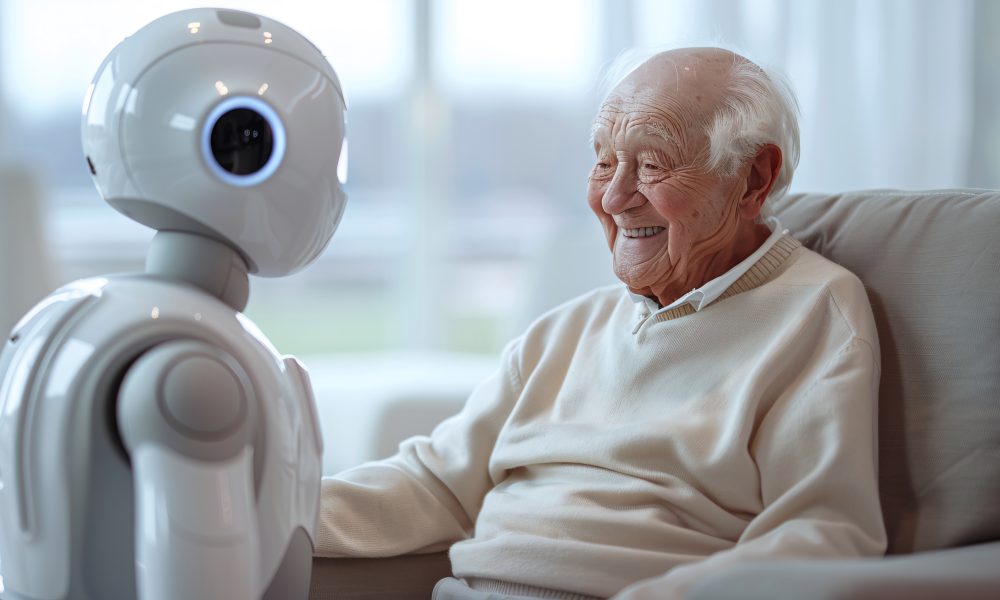
Using a socially assistive robot (SAR) in post-stroke rehabilitation improves outcomes, according to researchers at Ben-Gurion University of the Negev in Israel.
The finding from the first long-term study of robot use in physical therapy could open up a totally new method for rehabilitation exercises.
Prof. Shelly Levy-Tzedek is a member of the Department of Physical Therapy, Recanati School for Community Health Professions, Zelman Center for Neuroscience, at Ben-Gurion University of the Negev.
The researcher said: “Use of robots could vastly improve rehabilitation outcomes by encouraging people to continue their treatment in what they feel is a non-judgmental setting.
“Our study found that people enjoyed their interactions with the SAR, which seems to have helped improve their recovery over working with a computer or without any technological assistance.”
Socially assistive robots use speech, facial expressions and gestures to guide and coach patients.
The robots can see people in their homes and stay there, with no appointment needed.
They are alsso encouraging and perceived as nonjudgmental, the researchers said.
Prof. Shelly Levy-Tzedek, Dr Ronit Feingold-Polak and Oren Barzel found that SARs worked better than computers or no technological intervention when combined with usual care.
A total of 26 participants at the Adi Negev Rehabilitation Center outpatient clinic completed the clinical trial.
They were randomly divided into three groups: 1) training with a SAR in addition to usual care; 2) training with a computer in addition to usual care; and 3) usual care with no additional intervention.
The intervention sessions took place three times/week, for a total of 15 sessions/participant.
The study was conducted over two years, during which 306 sessions were held.
Participants in the SAR group significantly improved in their kinematic and clinical measures which included smoothness of movement, action research arm test (ARAT), and Fugl-Meyer upper-extremity assessment (FMA-UE).
No significant improvement in these measures was found in the computer or the control groups.
100 per cent of the participants in the SAR group gained improvement which reached – or exceeded – the minimal clinically significant difference in the ARAT, the gold standard for upper-extremity activity performance post-stroke.
Dr Ronit Feingold Polak is a member of the Department of Physical Therapy, Recanati School for Community Health Professions, Ben-Gurion University of the Negev as well as the Herzog Medical Center.
She said: “This study demonstrates both the feasibility and the clinical benefit of using a SAR for long-term interaction with post-stroke individuals as part of their rehabilitation programme.”



